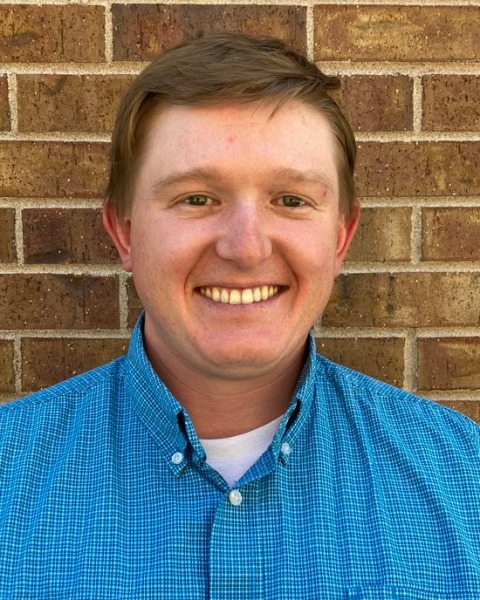Concurrent Session
Session: Robots, Fires, and Bugs
CS39C - Concurrent Session 39C: Predicting Post-Wildfire Effects and Risks Around Reservoirs in a Changing Climate
Wednesday, September 25, 2024
2:30 PM - 3:00 PM MT
Location: Colorado Convention Center, Meeting Room 503-504

Zane C. White, M.Sc., E.I.
Jr. Geotechnical Engineer
W. W. Wheeler & Associates, Inc.
Lakewood, Colorado
Presenter(s)
In recent decades, wildfires have increased in size, frequency, and severity, which has subsequently increased the hazards of post-fire erosion, runoff, and debris flows. Published climate studies expect wildfires to continue increasing in size, frequency, and severity. Additionally, under climate change scenarios, rainstorm events are expected to increase in intensity. As wildfires increase, the interaction between burned watersheds and reservoirs are also likely to increase. This paper proposes a conservative, practical methodology to model potential post-fire erosion, watershed response, and debris flow responses. These methodologies can be used to model current conditions, projected 25-year conditions (2050), and projected 50-year conditions (2075). The projected conditions will account for climate changes in design storms and burn severity under the Representative Concentration Pathway (RCP) 4.5 and RCP 8.5 scenarios. This methodology uses state-of-practice modeling techniques used by the U.S. Geological Survey, current published literature research, and my own thesis research to project climate changes onto a design fire that is used to estimate potential post-fire responses around reservoirs.
To demonstrate these methodologies, post-fire responses were modeled around Comanche and Hourglass Reservoirs. Both reservoirs, located in the Arapaho and Roosevelt National Forest, Colorado, are considered high hazard potential dams. A total of 85 debris-flow basins were generated, each with estimated likelihoods, volumes, hazards, and inundations. Results indicate that several basins would likely contribute debris-flows directly into both reservoirs, which would impact water storage volume and quality. The modeling results also show a potential for post-fire debris flows to impact and impede operations at Comanche Dam. The post-fire erosion response shows increased deposition under climate change and highlights the largest contributing areas of sediment, which would impact water quality and storage volume in the reservoir. The post-fire watershed hydraulic basin responses show increases in runoff under climate change, as well as decreased runoff concentration times and higher peak runoffs. Modeling the potential post-fire hydraulic basin responses, erosion responses, and debris flow responses can provide information to help reservoir owners improve dam safety and protect water quality in the event of a wildfire. The results of these analyses can also be used to provide first-order estimates for dam owners, dam safety engineers, and emergency responders to help guide decisions immediately after a fire ignites near a reservoir.
To demonstrate these methodologies, post-fire responses were modeled around Comanche and Hourglass Reservoirs. Both reservoirs, located in the Arapaho and Roosevelt National Forest, Colorado, are considered high hazard potential dams. A total of 85 debris-flow basins were generated, each with estimated likelihoods, volumes, hazards, and inundations. Results indicate that several basins would likely contribute debris-flows directly into both reservoirs, which would impact water storage volume and quality. The modeling results also show a potential for post-fire debris flows to impact and impede operations at Comanche Dam. The post-fire erosion response shows increased deposition under climate change and highlights the largest contributing areas of sediment, which would impact water quality and storage volume in the reservoir. The post-fire watershed hydraulic basin responses show increases in runoff under climate change, as well as decreased runoff concentration times and higher peak runoffs. Modeling the potential post-fire hydraulic basin responses, erosion responses, and debris flow responses can provide information to help reservoir owners improve dam safety and protect water quality in the event of a wildfire. The results of these analyses can also be used to provide first-order estimates for dam owners, dam safety engineers, and emergency responders to help guide decisions immediately after a fire ignites near a reservoir.
